'Ford v. Ferrari' and the Feud that Created America's Greatest Race Car
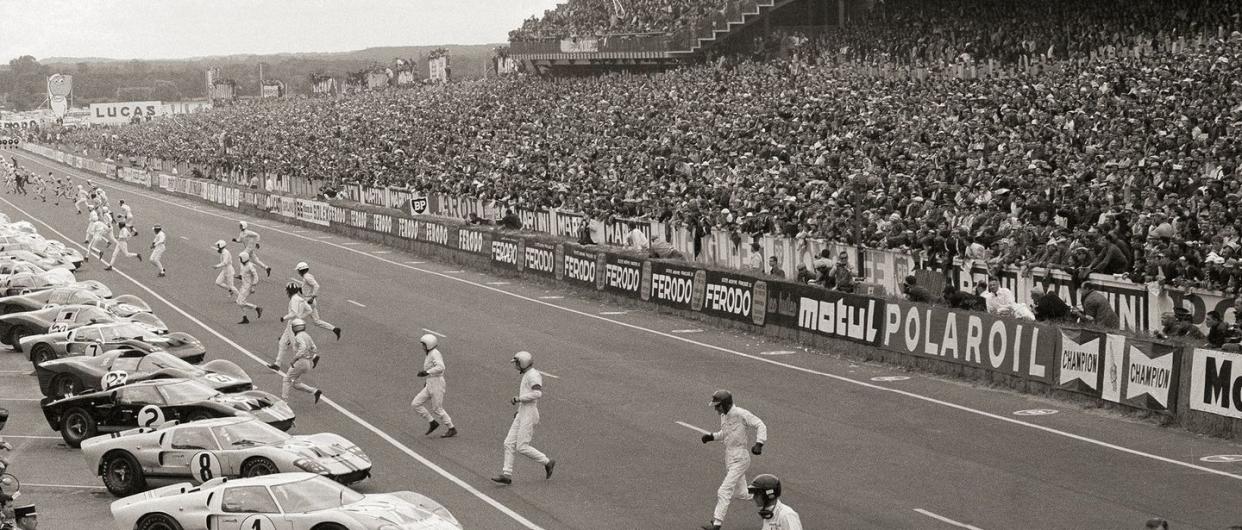
It all started with a business deal gone bad. In 1963, Henry Ford II, "the Deuce," decided he wanted Ford Motor Company to go racing. The only problem: Ford didn't have a sports car in its portfolio.
The quickest way to acquire a sports car, the Deuce thought, was to buy Ferrari, then a race car company that only sold street-legal machines to fund its track exploits.
Ford sent an envoy to Modena, Italy, to hash out a deal with Enzo Ferrari. The Americans offered $10 million, but as the negotiations neared their conclusion, Ferrari balked at a clause in the contract that said Ford would control the budget (and thus, the decisions) for his race team. Ferrari, known otherwise as “Il Commendatore,” couldn’t stomach the surrender of autonomy, so he bailed, sending Henry Ford II a message the Deuce didn’t often hear: There was something his money couldn’t buy.
In lieu of the sale, Ford decided to direct his company’s cash and engineering toward petty revenge. He decreed Ford would start its own race team, with the singular goal of beating Ferrari in the world’s most prestigious race, the 24 Hours of Le Mans.
“These two guys were larger than life,” says A.J. Baime, author of Go Like Hell: Ford, Ferrari, and Their Battle for Speed and Glory at Le Mans. “Here you have arguably the most famous and powerful CEO in America, Henry Ford II, up against Enzo Ferrari—the most narcissistic man to walk the earth, but deservedly so, because he was a genius. You couldn’t write it better.”
The clash of these titanic egos would propel Ford to design America’s greatest race car: the GT40. An unstable engineering mashup of California hot-rod ethos and high-speed NASCAR expertise, the GT40 failed to finish Le Mans in 1964 and 1965, but bold testing innovations and a never-before-seen brake strategy had them primed for 1966. Weeks before the start at Le Mans, Henry Ford II handed race program boss Leo Beebe a handwritten note: “You better win.”
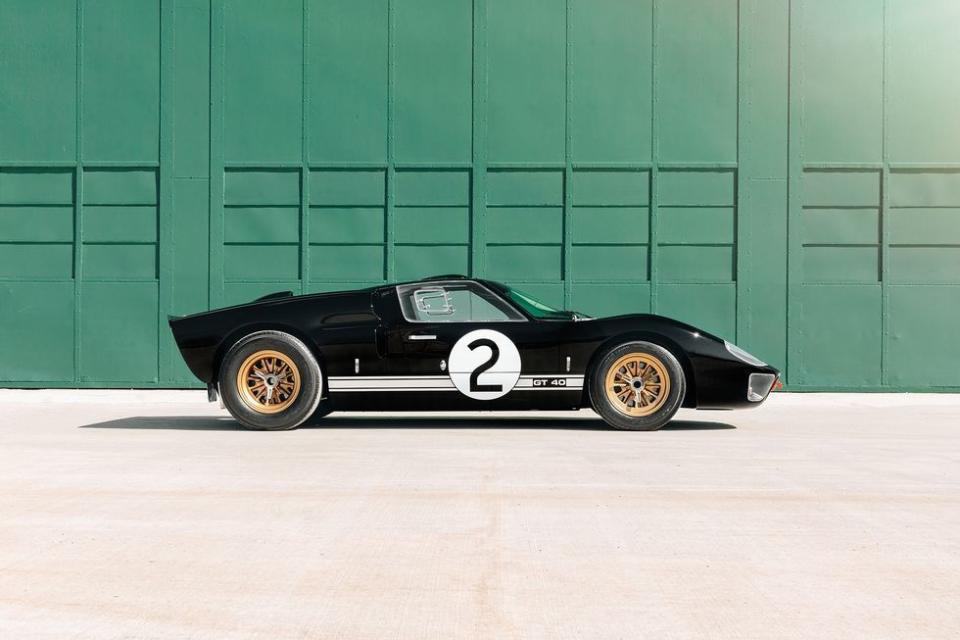
The 1966 GT40 Mark II is more comfortable than you might expect. Designed for long-distance driving, the seat is soft and ventilated. Forward visibility is excellent. Somehow there’s plenty of interior room, considering the tiny exterior dimensions. If Le Mans circa 1966 amounted to a frantic 3,000-mile road trip, this seems like the car you’d want to do it in. But the moment you fire up the mid-mounted 427-cubic-inch V-8, you’re reminded this is a race car, capable of modern race-car speed—more than 200 mph—in 1960s analog form. No power steering. No power brakes. No electronic safety systems. A hundred miles per hour in third gear feels like you’re in a sidecar strapped to the Space Shuttle and you’re not even halfway to top speed. The guys who ran these things down the Mulsanne Straight at 210 mph, at night, on 1966-spec tires, after driving for four hours straight, must’ve been brave. Or crazy. Or a heady mixture of both.
This car, a Superformance GT40 Mark II, is a “continuation car,” a street-legal re-creation of the winning 1966 Le Mans car. In fact, this particular GT40 Mk II was used in the new film Ford v. Ferrari, based on the legendary story. It’s magnificent. And like both the 2005–2006 Ford GT and the current GT model released in 2017, the Superformance owes its existence to that long-ago battle of egos between two stubborn industrialists. The 1966 GT40 Mk II feels like such a fully realized race machine, it’s hard to believe it started out as a half-baked effort that was not only uncompetitive, but dangerous.
It might seem like a foregone conclusion that Ford, an international car-building colossus at the height of its powers in the 1960s, could crush a small independent company like Ferrari on the race track, but that was far from a given. As countless car companies have learned, money doesn’t directly translate to victory.
“They spent a lot of money, but that was no guarantee you’d win a race,” says Preston Lerner, author of Ford GT: How Ford Silenced the Critics, Humbled Ferrari and Conquered Le Mans. “[Ford] also had to bring in the right people to win. They had to have the mechanics, the race organization people, the drivers. It could’ve been a glorious failure.”
And in 1964 and 1965, it was. Ford’s new race car was fast, but they couldn’t figure out how to make it last for 24 hours. Gearboxes broke. Head gaskets blew. The aerodynamics were a mess, too, with cars developing so much lift they’d see wheelspin at 200 mph. After two aerodynamically unstable GT40s crashed during testing in 1964, one test driver, Roy Salvadori, quit. “I opted out of that program to save my life,” he said.
And the brakes were a constant problem. Ford engineers calculated that when a driver hit the brakes at the end of Le Mans’ Mulsanne Straight, the front brake rotors would spike to 1,500 degrees Fahrenheit within just a few seconds, causing the rotor to fail. Trying to slow a 3,000-pound car from 210 mph, every three-and-a-half minutes, for 24 hours was a new problem in racing. “Dan Gurney told me that everything he did driving that car was about saving the brakes,” Lerner says. “At the end of the Mulsanne, he’d back off well before the brake zone and coast down so he wasn’t scrubbing 180 mph all at once.” Carroll Shelby told Baime: “We won [Le Mans] on brakes.”
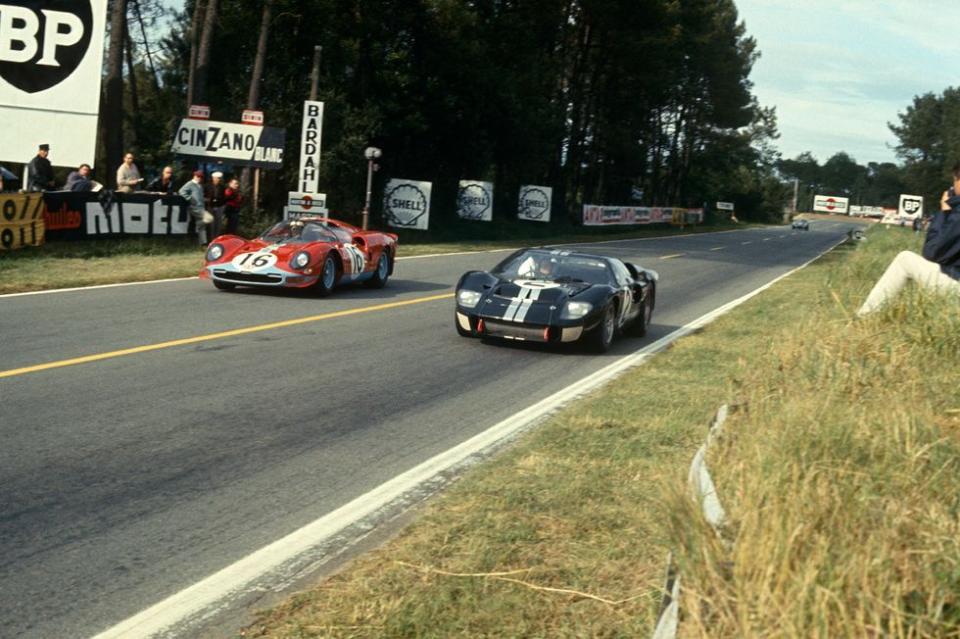
That’s because Phil Remington, an engineer on the Ford team, devised a quick-change brake system that allowed the mechanics to swap in new pads and rotors during a driver change, meaning drivers didn’t have to worry about making the brakes last beyond their stint. Other teams cried foul about the GT40’s pit-stop advantage, to no avail. “They complained that it was breaking the rules,” says Baime. “But there were no rules.” And that wasn’t the only area where Ford was pushing boundaries.
To ensure their engines could survive Le Mans, Ford ran them on a dynamometer operated by a program that simulated performance and durability. They logged the RPM and shift points of a lap around Le Mans, and then had computer-controlled servo actuators “drive” a test engine in exactly the same way in a lab, even simulating pit stops with periodic shutdowns. The engineers would run an engine until it exploded, examine what went wrong, and fix the next iteration. Eventually, when the engineers could make a 427-cubic-inch V-8 last for almost two back-to-back Le Mans simulations, they decided their design was hearty enough.
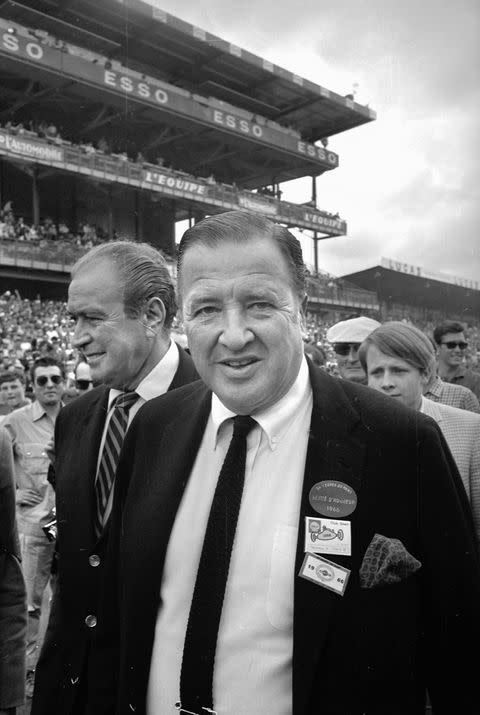
And in 1966, it actually was, with Bruce McLaren and Chris Amon’s #2 car leading a dramatic 1-2-3 Ford victory at Le Mans. The next year, Ford returned to France and won again. With repeat wins in hand and the Deuce’s ego assuaged, they withdrew official Le Mans factory support after the 1967 race—but still won in ’68 and ’69, with privately owned GT40s claiming victory each year.
Over the span of a few years, Ford had unveiled the Mustang, won at Le Mans, and vanquished its fuddy-duddy image. Some of the GT40’s engineering lessons might have translated to Ford’s street cars, particularly the computer-driven durability testing, but Ford considered the Le Mans program a marketing exercise rather than a quest for innovation.
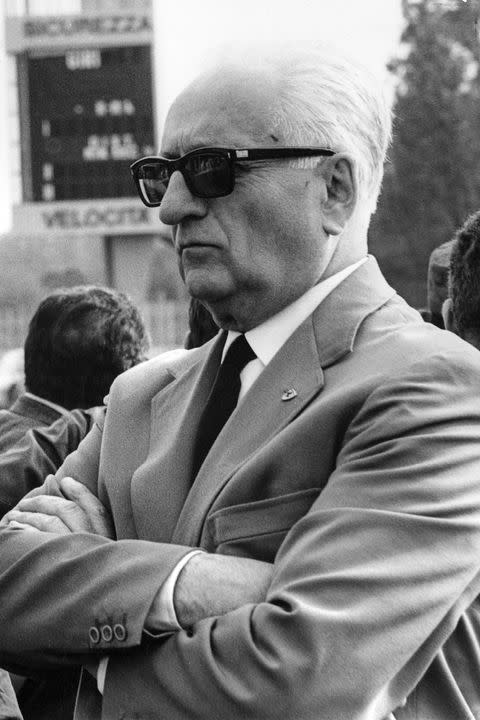
Manufacturers are still willing to spend big on internal race programs. During Audi's recent reign of dominance at Le Mans, the company spent about $250 million per year on its race team, and Ferrari reportedly spends $500 million each year on its Formula One program. It's hard to say if those massive budgets translate to car sales, but most Audi customers probably haven’t heard of the R18 e-tron quattro, the last Audi to win Le Mans. Racing is still integral to brands like Ferrari, but mainstream companies like Audi and Toyota struggle to justify the high price tag.
It’s estimated Ford spent $25 million or more on their way to victory at Le Mans. They even burned $1 million in 1968 before withdrawing financial support from the race program. The GT40 itself was obsolete by 1970 (Ford hasn’t had an overall victory at Le Mans since 1969), but the car’s story continued.
In 2005, Ford released a modern reincarnation of the GT40, the Ford GT, a retro-styled homage to the greatest American endurance racer ever built. It was (and is) so popular that the model, built for only two years, can now be sold for more than double its original MSRP. In 2017, Ford went even bigger, unveiling the current-generation Ford GT. Priced at about $500,000, it’s a sheer bedroom-poster fantasy car, a machine that looks like it drove straight out of the winner’s circle at the Circuit de la Sarthe. In 2016, 50 years after its first win, Ford won the GT class at Le Mans with the new car, beating—who else?—Ferrari, by a mere 10 seconds.
“The Ford GT40 story encompasses all of these larger-than-life characters: Enzo, Lee Iacocca, Shelby, Henry Ford II,” says Baime. “But the car is a character, too, and it’s larger than life. That’s why we’re still talking about it 53 years later.”
You Might Also Like

